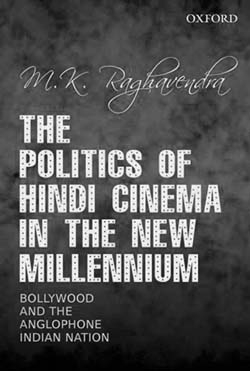When M.K. Raghavendra declares in his recent book The Politics of Hindi Cinema of the New Millenium: Bollywood and the Anglophone Indian Nation that ‘Bollywood is not mainstream Indian cinema’, he ruffles quite a few feathers. This book by the Bangalore-based author can in many ways be seen as a natural extension of his previous book, Seduced by the Familiar: Narration and Meaning in Indian Popular Cinema, where he had interpretatively looked at the films from 1947 until the start of the new millennium and in this book he starts from where he left off. This time he tries to understand the politics of practice and the resultant emergence of the ‘asymmetric nation’ in the films of the post-globalization age. He reasons how this change can be corroborated by the growing authority of the ‘Anglophone’ public. By ‘Anglophone’ he indicates the section of privileged, English-speaking, urban classes whose increasing numbers in real life lead to a corresponding increase in their representation in the popular Hindi films of the new millennium.

Understanding The Asymmetric Nation
Sagorika Singha
THE POLITICS OF HINDI CINEMA OF THE NEW MILLENNIUM: BOLLYWOOD AND THE ANGLOPHONE INDIAN NATION by M.K. Raghavendra Oxford University Press, New Delhi, 2015, 264 pp., 895
February 2015, volume 39, No 2
